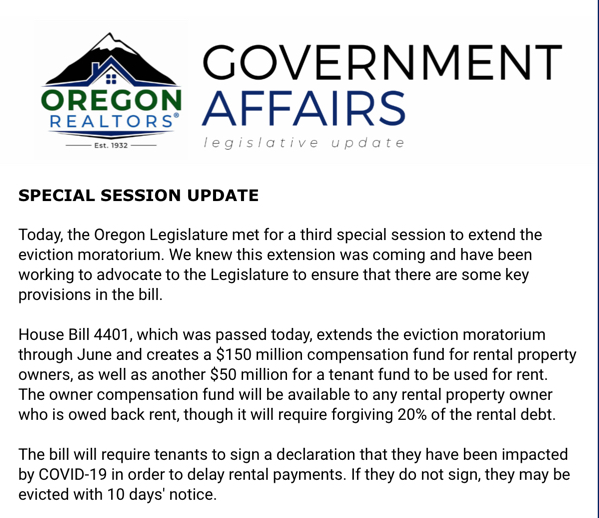Real Estate Information
Mt. Hood Real Estate Blog
Liz Warren
Blog
Displaying blog entries 531-540 of 1966
Reasons to Hire a Real Estate Agent on Mt. Hood
Todays Mt. Hood real estate market is fast and furious with unprecedented demand. Between COVID and the increased demand for second homes during this pandemic we have seen an ever increasing demand for Mt. Hood properties. As a seller, this is the best time to consider selling. To navigate this market you'll need a real estate agent. Give me a call if you need help!
![Reasons to Hire a Real Estate Professional [INFOGRAPHIC] | MyKCM](https://files.mykcm.com/2021/01/07152500/20210108-MEM-1046x1665.png)
Some Highlights
- Choosing the right real estate professional to work with is one of the most important decisions you can make in your homebuying or selling process.
- The right agent can explain current market conditions and break down exactly what they mean for you.
- If you’re considering buying or selling a home this year, let’s connect so you can work with someone who has the experience to answer all of your questions about pricing, contracts, negotiations, and more.
New COVID-19 Eviction Law
This information is straight from the Oregon Realtor Association Website:
HB 4401: Oregon’s New COVID-19 Eviction Law Summary and FAQs
(January 1, 2021)
House Bill 4401, which was passed December 20, 2020, extends the eviction moratorium through June 2021 and creates a $150 million compensation fund for rental property owners, as well as another $50 million for a tenant fund to be used for rent. The owner compensation fund will be available to any rental property owner who is owed back rent, though it will require forgiving 20% of the rental debt.
The bill will require tenants to sign a declaration that they have been impacted by COVID-19 in order to delay rental payments. If they do not sign, they may be evicted with 10 days’ notice.
Half Ownership of a Mt. Hood National Forest Cabin
Recently new to the market! Camp Creek two bedroom two bath cabin near Government Camp. Half ownership of this 1935 charmer. Shared expenses and a buyer gets every other week. $150,000
Attention Mt Hood Landlords Concerning New Legislation on Eviction Moratorium

Displaying blog entries 531-540 of 1966
Categories
- (0)
- Government Camp Real Estate (762)
- Mt Hood Inspiration-Morning Coffee (256)
- Mt. Hood 1031 Tax Exchanges (75)
- Mt. Hood Economic Conditions (833)
- Mt. Hood Local Events (366)
- Mt. Hood Mortgage and Financing Information (415)
- Mt. Hood National Forest Cabins (517)
- Mt. Hood New Properties on Market (310)
- Mt. Hood Sales Information (359)






